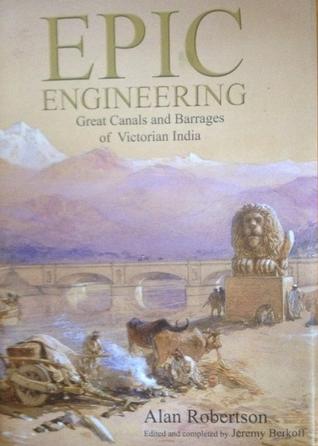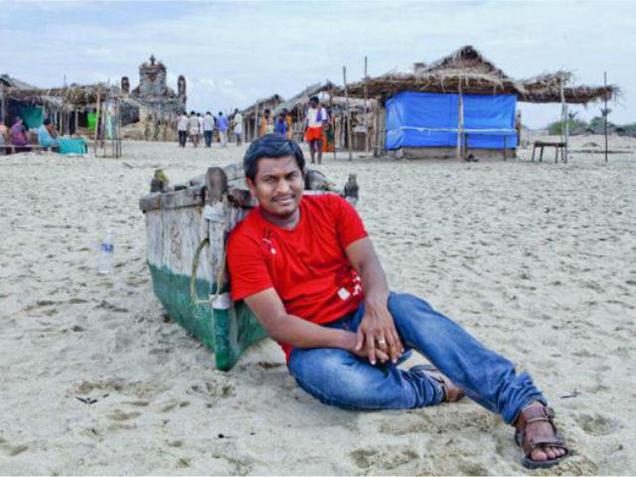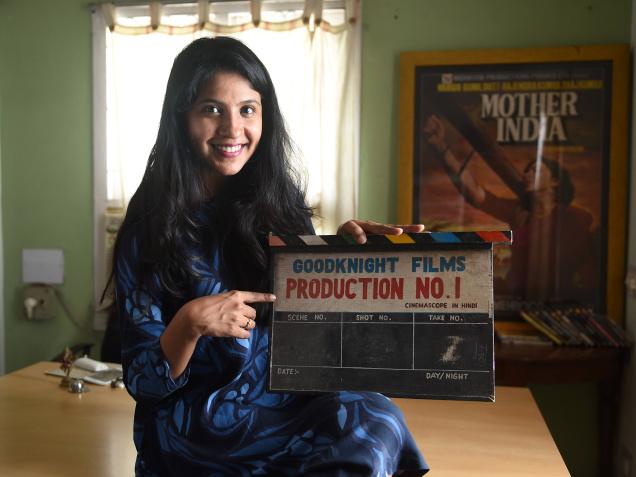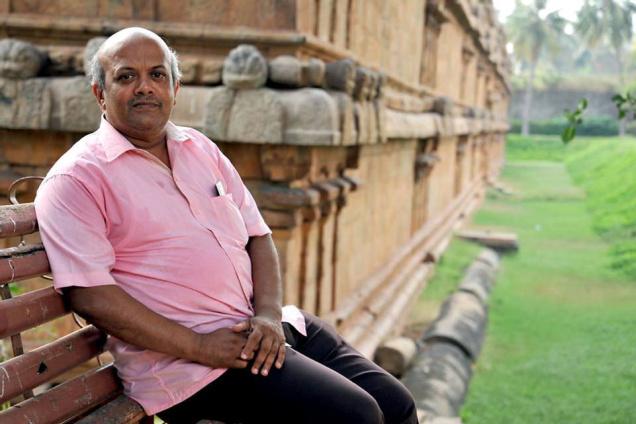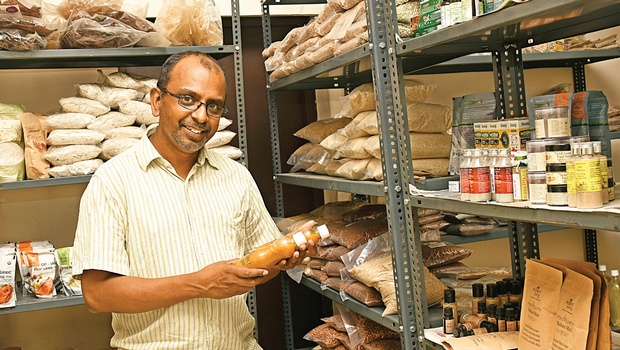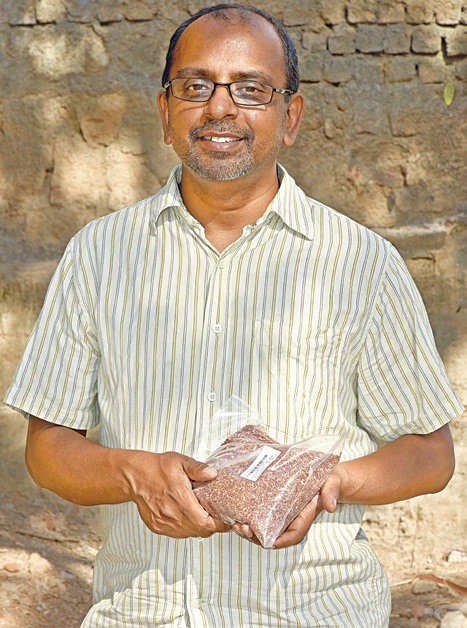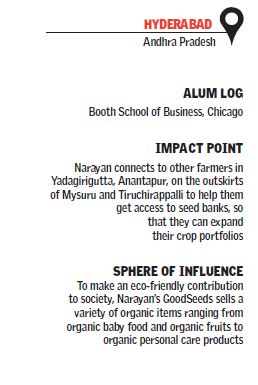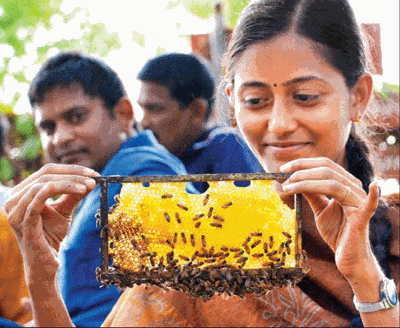If you have ever been on a heritage walk, you may have wondered about the wealth of information that was shared with you about the city, its history, its people and institutions. Where does all of these come from? On World Heritage Day (April 18), we spoke to four people who conduct these walks to find out.
If you have ever been on a heritage walk in the city, you may have wondered about the wealth of information that was shared with you about Chennai, its history, its people, its institutions and its organisations.
Where does all of this come from? Where do those who conduct heritage walks discover interesting nuggets of information about the city’s streets? On World Heritage Day (April 18), we spoke to four people who conduct these walks to find out more.
Who: Sudha Umashankar and Padmapriya Baskaran. Contact: sudha.ganesha@gmail.com
What: Walk down Harrington Road
How: When Sudha Umashankar moved to Harrington Road in 1977, it bore no resemblance to the well laid-out street with coffee shops, a shopping mall and eateries that it is today. “It used to be deserted in the evenings and it was notorious for house break-ins,” she says. For the walk, which was held last month, Ms. Umashankar spoke to residents of the road, went to institutions to collect information and read a lot. “Books about Chennai, publications such as booklets or magazines brought out to commemorate milestones — these are all useful. I did get information online, but corroborated it first,” she says. The trick is to put the whole thing together in a digestible way, spiced with rumours or legends that people can identify with. Her next focus is Marshalls Road — choosing a street with history, a unique facet to it or landmark institutions helps, she says.
(Pics: In NICA today)
Who: N.L. Rajah. Contact: nlrajah.advocate@gmail.com
What: Madras High Court Campus Heritage Walk
How: “One of the advantages of researching about an institution that has been there for so many years is that every development which has happened over the last century has been recorded in the form of letters, documents and books,” says N.L. Rajah, a senior advocate of the Madras High Court (HC).
Interactions with people who had worked at the High Court over the years and authoring a book, The Madras High Court: A 150-year Journey from Crown Court to People’s Court, also yielded a lot of information about the history surrounding the High Court; the legal history of the 150-year-old institution and the architectural value, all of which is explained during the walks. “Most of my walks are attended by architecture students wanting to learn about the sprawling premises, which will turn 125 years next year. As a part of the heritage committee of the HC, we speak about the ongoing renovation work and its importance for a structure with so much heritage value,” he says.
NICA IDs: 153220034/153220035/153220036
Who: V.S. Sukumar. Contact: 9840622611
What: Gandhi Nagar Heritage Walk
How: Having lived at Gandhi Nagar for 65 years, V.S. Sukumar, honorary secretary, Gandhi Nagar Cricket and Sports Club, knows the ins and outs of this area, which is one of the earliest planned layouts of Madras, built just after independence.
“Several of us have studied in the schools here, played cricket at the cricket club and even gone to the same nursery,” he says. Land documents, publications of the government from the time of the inauguration of the colony, the book South of the Adyar River and information from organisations are all sources of information, he says.
“There are also old institutions such as Theosophical Society and Kalakshetra nearby which are resources,” he says. Senior citizens apart, residents who have moved in to live in many of Gandhi Nagar’s bungalows-converted-to-apartment-complexes are interested in these 131 acres. The walk is held in December every year, he said.
Pics:
Who: Kombai S. Anwar. Contact: anvars@gmail.com
What: Nawab of Arcot: Walajah Trail
How: Kombai S. Anwar, who has previously hosted the ‘Nawab of Arcot: Walajah Trail’ and a walk focussing on the Islamic heritage on Mount Road says that he likes to focus on heritage which had been overlooked.
“We are inundated with heritage structures and monuments in Chennai so much so that many remain unaware of their value. I had a fair idea about these structures but information from books available at the Connemera, Madras University and Mohammeden Public Libraries in Chennai about Muslim monuments as well as the general literature of that period serve as great pointers towards how many of these heritage structures came to be,” he says.
He recalls that his initial tryst with research into the city’s heritage was as part of the Madras Gazetteers Project. “Visiting the many heritage structures in the city yielded so much information,” Mr. Anwar says.
Pics: In NICA today
source: http://www.thehindu.com / The Hindu / Home> News> Cities> Chennai / by Zubeda Hamid & S. Poorvaja / Chennai – April 19th, 2016
